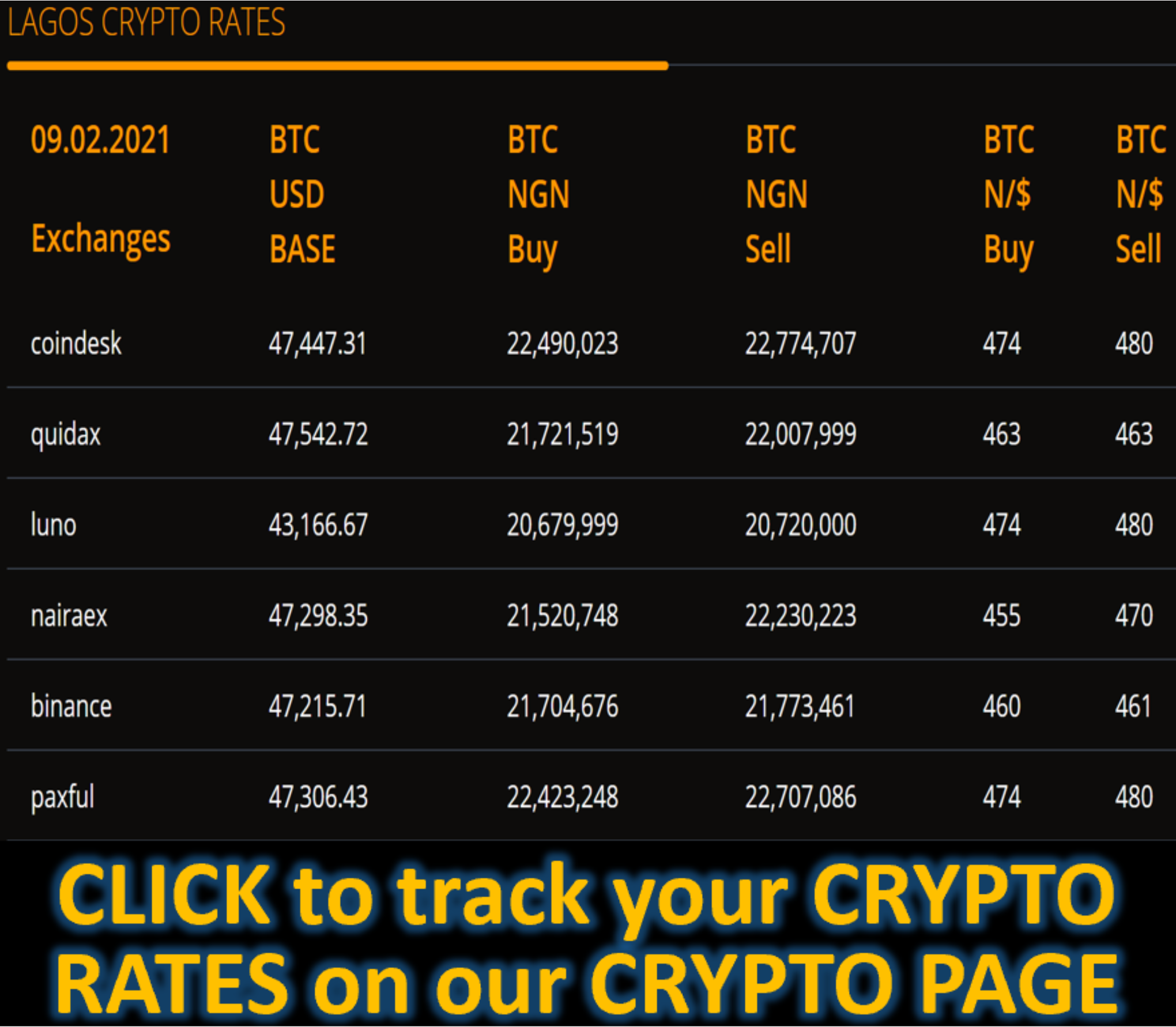Market News
ECB extends bilateral euro liquidity lines with non-euro area central banks - EUROPEAN CENTRAL BANK
- ECB decided to extend temporary euro liquidity lines by nine months to March 2022
- Objective of these euro liquidity lines is to address possible euro liquidity needs in non-euro area countries in presence of market dysfunctions due to COVID-19
The European Central Bank (ECB) decided in December 2020 to offer a nine-month extension of its temporary swap and repo lines with non-euro area central banks. The central banks of Albania, Croatia, Hungary, the Republic of North Macedonia, Romania, San Marino and Serbia have agreed to extend the duration of their euro liquidity lines with the ECB to March 2022.
The lines were established earlier in 2020 to provide euro liquidity to financial institutions in the respective countries via the corresponding national central banks. The objective of these euro liquidity lines is to address possible euro liquidity needs in non-euro area countries in the presence of market dysfunctions due to the COVID-19 pandemic. Furthermore, they aim at preventing spillback effects on euro area financial markets and economies that might adversely impact the smooth transmission of ECB monetary policy. The temporary euro liquidity lines had previously been set to expire in June 2021.
Through a swap line agreement, Hrvatska narodna banka (Croatian National Bank) can borrow up to €2 billion from the ECB in exchange for Croatian kuna.
Under their respective repo line agreements:
- Banka e Shqiperise (Bank of Albania) can borrow up to €400 million from the ECB
- Magyar Nemzeti Bank can borrow up to €4 billion from the ECB
- National Bank of the Republic of North Macedonia can borrow up to €400 million from the ECB
- Banca Nationala a Romaniei (National Bank of Romania) can borrow up to €4.5 billion from the ECB
- Banca Centrale della Repubblica di San Marino (Central Bank of the Republic of San Marino) can borrow up to €100 million from the ECB
- National Bank of Serbia can borrow up to €1 billion from the ECB
Under a repo line, central banks can borrow euro up to the specified limit in exchange for adequate euro-denominated collateral.
Liquidity
Yvonne Mhango, head of research for sub-Saharan Africa at Renaissance Capital in Johannesburg, expects that inflation will be stuck in the early to mid-teens in 2021. She argues in a research note that T-bill yields will stay low for as long as there is liquidity driving demand for the paper.
- In January and February, more than N2trn ($7.9bn) of open market operations (OMOs) will mature, ensuring strong liquidity flows into T-bills, she writes. But OMO maturities will decline sharply from the end of March, she explains.
- “We expect naira depreciation pressure to persist and accelerating inflation to compel the central bank to withdraw liquidity. Yields are likely to pick up on the back of this,†which will be positive for the banks, Mhango writes.
Globally, some interest rate cuts may be reversed this year. That will increase the pressure on Nigeria’s central bank to raise rates to be able to offer a premium, says Nkemdilim Nwadialor, equity research analyst at Chapel Denham Hill in Lagos.
- Higher T-bill yields will improve the interest from investment earned by banks, says Nwadialor.
- She expects the yield on one-year T-bills to rise to between 5% and 8% at the end of this year.
- Even that will mean returns well below the rate of inflation, she notes. It will be a “long climb†before T-bills start producing positive inflation-adjusted returns, adds Nwadialor. “It’s not going to happen in the next 12 months.â€
Bottom line
Equities are likely to suffer, as hitting the inflation target will be the central bank’s overriding priority this year.









